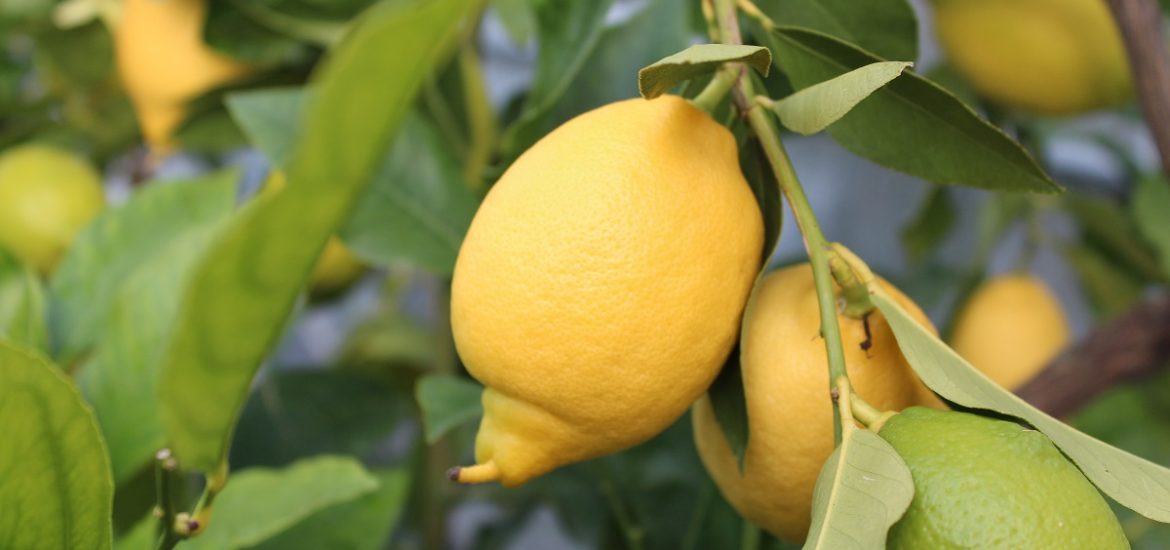Anyone who has been to Tuscany will have noticed that none of the gardens of the great villas scattered throughout the territory would be complete without big terracotta pots containing lemon trees, big and small.

The Medici’s first set this trend in 1500. These exotic plants quickly became ornamental items to show off in the formal gardens of aristocratic Italian villas.
To survive harsh European winters, the precious potted little trees were moved to a dedicated orangery or limonaia between December and April.
The limonaia was often an annex of the villa overlooking the garden, with characteristic large glass panels protecting the citrus trees from the cold while allowing them enough daylight.
A LONG JOURNEY
Many varieties of citrus trees reached Europe during different periods. It seems that the first was the citron, well known during ancient Roman times as the Persian Pomo.
While we know that citrus fruit originates in the East, it is difficult to establish the precise origin of these delicious fruits, now found all over the world.
An important witness to the presence of lemons in Italy is the famous fresco discovered in Pompeii (dated 79BC) in the “Casa del Frutteto”. or House of the Fruit Orchard.
THE VIGNAMAGGIO LEMONS
If you have already visited the Vignamaggio garden, you’ll know that during Summer months, large terracotta pots containing different varieties of lemon and other citrus trees surround the entire perimeter of the villa and fill the air with a sweet and intoxicating fragrance. The original design of the garden must have been characterised by a broad avenue leading up to the old main entrance of the villa, once lined with huge century old tilias and flanked by fields and small fruit orchards.



